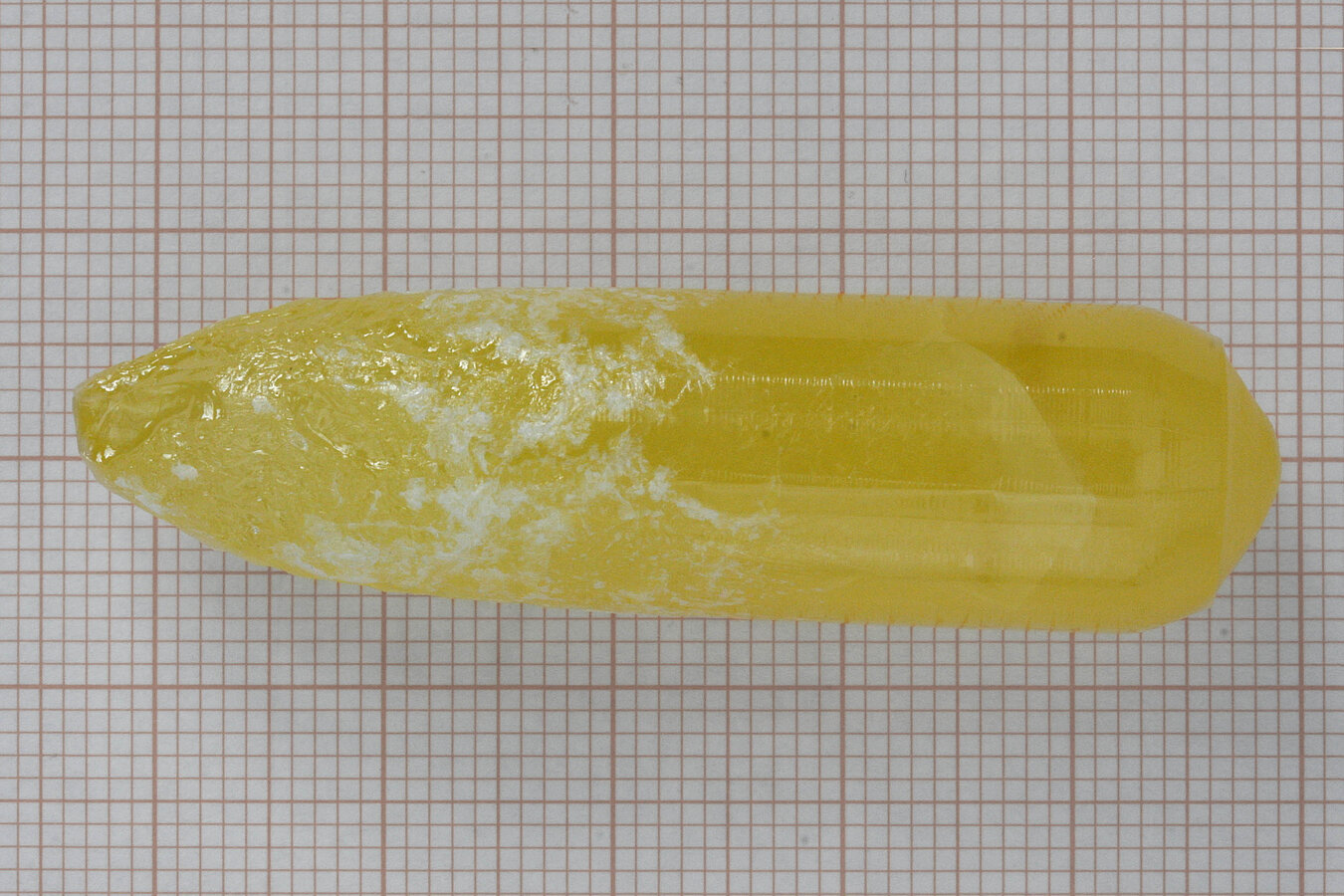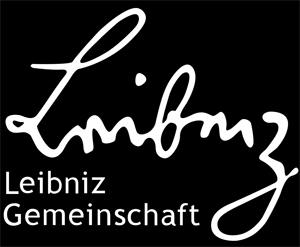To overcome today’s limitations of lithium ion batteries in terms of capacity, security (leakage and spontaneous ignition), reliability and cycling wear, many efforts are focused on using Li metal as the anode in combination with solid electrolytes (all solid-state ion batteries) or solid ion-conducting coatings that shield the anode from a liquid electrolyte.
Among various inorganic solid electrolytes, cubic garnet Li7La3Zr2O12 (LLZO) is the most promising compound featuring high ionic conductivity and (theoretically predicted) specific energy as compared to currently used Li-ion batteries.
Unfortunately, the cubic phase of LLZO is not thermodynamically stable at room temperature. It can however be stabilized by introducing di- or trivalent ions such as gallium (3+) or aluminium (3+) to the lattice that substitute for lithium (+). As a side effect, these ions also form Li vacancies which is beneficial for ionic transport. Also, zirconium can be partially replaced by tantalum. To properly assess such materials design, single crystals are required to exclude the impact of grain boundaries and other extended structural defects (e.g. voids) and to mitigate the issues of chemical inhomogeneities and sample-to-sample variations.
We have grown LLZO single crystals with the cubic phase stabilized by proper doping. Growth was performed using the Czochralski technique at temperatures of about 1400°C in inert atmosphere using iridium crucibles. An excess of 10% lithium oxide (Li2O) was used to accommodate for evaporation losses of Li2O during growth. The evaporation also leads to considerable surface degradation of the upper part of the growing crystal (Fig. 1), while the interior stays mainly free of coarse defects. The grown LLZO crystals were around 15 mm in diameter and up to 40 mm long, with a shiny surface in the bottom part.
These crystals with tailored addition of doping ions were used by our scientific collaborators to determine the state-of-the-art properties [1-5] and derive recommendations for the LLZO ceramic materials that will be used in commercial next-generation batteries.
References
[1] G. Redhammer, M. Meven, S. Ganschow, G. Tippelt, D. Rettenwander, “Single-crystal neutron and X-ray diffraction study of garnet-type solid-state electrolyte Li6La3ZrTaO12: an in situ temperature-dependence investigation (2.5 < T < 873 K)”, Acta Cyryst. B 77 (2021) 123-130, doi: 10.1107/S2052520620016145
[2] G. Redhammer, P. Badami, M. Meven, S. Ganschow, S. Berendts, G. Tippelt, D. Rettenwander, “Wet-Environment-Induced Structural Alterations in Single- and Polycrystalline LLZTO Solid Electrolytes Studied by Diffraction Techniques”, ACS Appl. Mater. & Interfaces 13 (2021) 350-359, doi: 10.1021/acsami.0c16016
[3] F. Flatscher, M. Philipp, S. Ganschow, H. M. R. Wilkening, D. Rettenwander, “The natural critical current density limit for Li7La3Zr2O12 garnets”, J. Mater. Chemistry A 8 (2020)15782-15788, doi: 10.1039/c9ta14177d
[4] M. Philipp, B. Gadermaier, P. Posch, I. Hanzu, S. Ganschow, M. Meven, D. Rettenwander, G. Redhammer, H. M. R. Wilkening, “The Electronic Conductivity of Single Crystalline Ga-Stabilized Cubic Li7La3Zr2O12: A Technologically Relevant Parameter for All-Solid-State Batteries”, Adv. Mater. Interfaces 7 (2020) 2000450, doi: 10.1002/admi.202000450
[5] P. Posch, S. Lunghammer, S. Berendts, S. Ganschow, G. Redhammer, A. Wilkening, M. Lerch, B. Gadermaier, D. Rettenwander, H. M. R. Wilkening, “Ion dynamics in Al-Stabilized Li7La3Zr2O12 single crystals - Macroscopic transport and the elementary steps of ion hopping”, Energy Storage Mater. 24 (2020) 220-228, doi: 10.1016/j.ensm.2019.08.017
Further information:
Matthias Bickermann
Section Oxides & Fluorides


